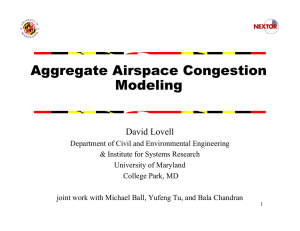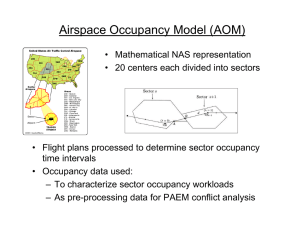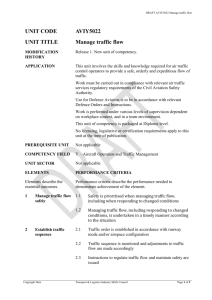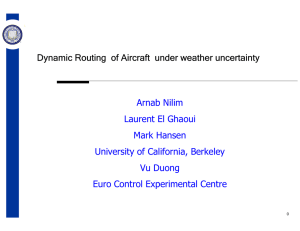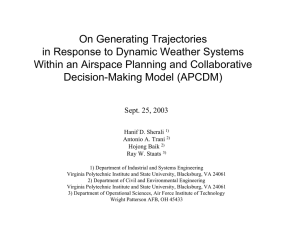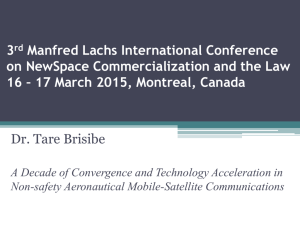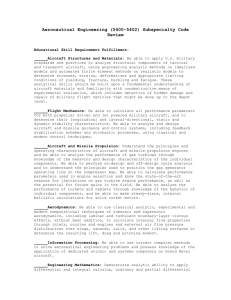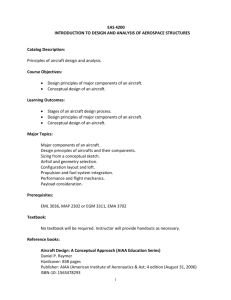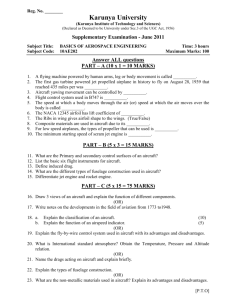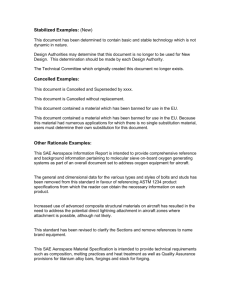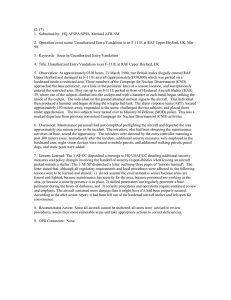Separation-Compliant Speed and Path Control in the Terminal
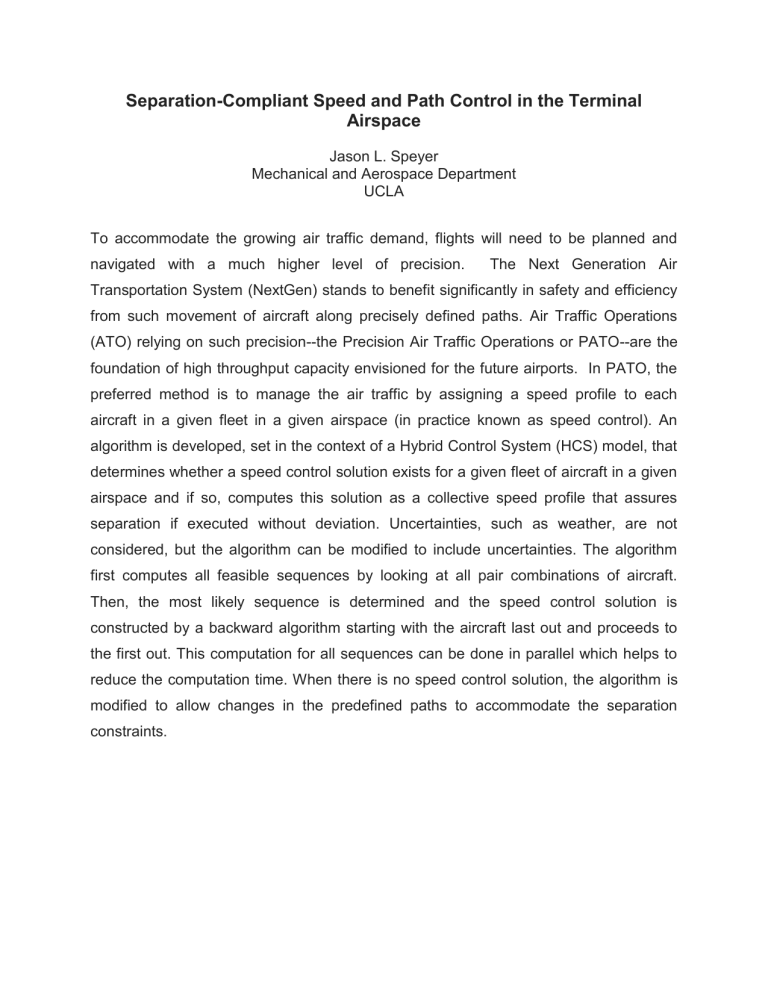
Separation-Compliant Speed and Path Control in the Terminal
Airspace
Jason L. Speyer
Mechanical and Aerospace Department
UCLA
To accommodate the growing air traffic demand, flights will need to be planned and navigated with a much higher level of precision. The Next Generation Air
Transportation System (NextGen) stands to benefit significantly in safety and efficiency from such movement of aircraft along precisely defined paths. Air Traffic Operations
(ATO) relying on such precision--the Precision Air Traffic Operations or PATO--are the foundation of high throughput capacity envisioned for the future airports. In PATO, the preferred method is to manage the air traffic by assigning a speed profile to each aircraft in a given fleet in a given airspace (in practice known as speed control). An algorithm is developed, set in the context of a Hybrid Control System (HCS) model, that determines whether a speed control solution exists for a given fleet of aircraft in a given airspace and if so, computes this solution as a collective speed profile that assures separation if executed without deviation. Uncertainties, such as weather, are not considered, but the algorithm can be modified to include uncertainties. The algorithm first computes all feasible sequences by looking at all pair combinations of aircraft.
Then, the most likely sequence is determined and the speed control solution is constructed by a backward algorithm starting with the aircraft last out and proceeds to the first out. This computation for all sequences can be done in parallel which helps to reduce the computation time. When there is no speed control solution, the algorithm is modified to allow changes in the predefined paths to accommodate the separation constraints.

